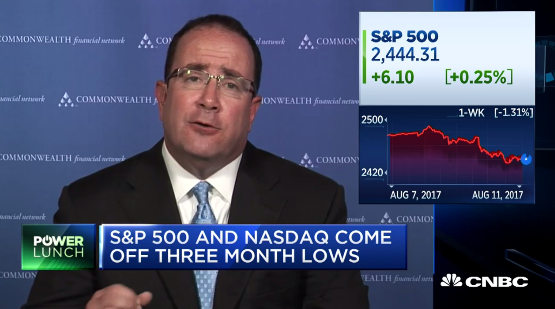Recently, many readers have asked me about where the market is, as they are worried about what to do with their portfolios. The gentleman behind the grill at the café where I get breakfast, who knows what I do, has the same questions for me. Advisors want to know what I think about gold as a risk reducer. Almost every day for the past couple of weeks, I have heard about the nervousness. People are getting scared.













